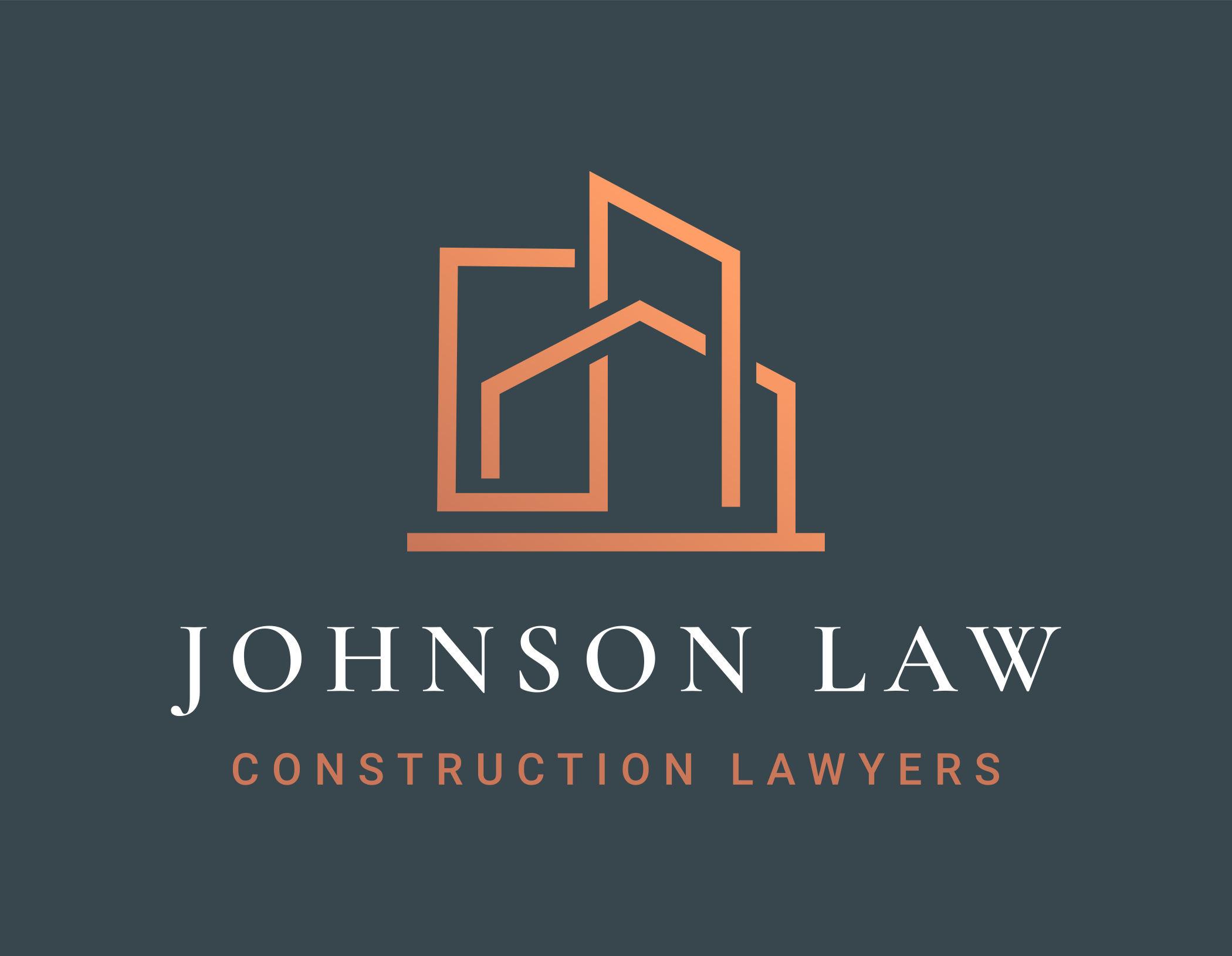The Colorado Court of Appeals recently issued new guidance on the notice of claim process and statute of limitations under the Colorado Construction Defect Action Reform Act, C.R.S. §§ 13-20-801 et seq. (“CDARA”).
In Curry v. Zag Built, LLC, 2018COA66, the Court of Appeals addressed, among other issues, the effects of filing a case before completing the notice of claim process required under CDARA. The Court of Appeals held the notice of claim process is not a prerequisite to filing a case in court. The court further held that when applying CDARA’s stay provision, a case commences when the plaintiff files the complaint.
Zag Built, LLC built the Currys’ home in July 2013. By January 2014, the Currys noticed damage to the home including drywall cracks and racked or sagging doors. The Currys filed suit in June 2015, but did not initially serve their claims on Zag Built.
The Currys filed a status report with the trial court in September 2015 stating they filed their complaint to preserve the statute of limitations, they retained an expert to investigate the claims, and requested additional time to engage in the notice of claim process. Without response from the trial court, the Currys filed an updated status report in March 2016 stating their expert completed the investigation, they would continue pursuing the notice of claim process, and they would serve Zag Built within 90 days if the notice of claim process proved futile.
In mid-May 2016, the Currys again updated the trial court stating they had sent notices of claim, but Zag Built had not requested an inspection. The Currys filed an amended complaint in conjunction with the status report and then served Zag Built in late May 2016.
In July 2017, Zag Built filed a motion for summary judgment alleging the statute of limitations had run on the Curry’s claims because they had not complied with CDARA’s notice of claim process within two years of their claims having accrued. Zag Built also argued the Curry’s complaint filed in June 2015 did not commence the case for purposes of a stay under CDARA because Zag Built was not served the June 2015 complaint.
The trial court denied the motion holding the Curry’s claims were automatically stayed under CDARA until the notice of claim process was completed. Completion of the notice of claim process was determined by the trial court to have occurred in mid-April 2016 after the notice of claim was sent to Zag Built and Zag Built had not requested inspection. The trial court also held the Curry’s claims were not time-barred because they filed their complaint within the two-year statute of limitations. The Colorado Court of Appeals affirmed the trial court’s decision.
The basis of Zag Built’s argument was that the notice of claim process is both a prerequisite to filing a claim in court and the only way to toll the statute of limitations under CDARA. Zag Built argued the statute of limitations did not stop running because the notice of claim process had not been completed, even though a complaint was filed. Thus, because the Currys filed their complaint before completing the notice of claim process, Zag Built argued the statute of limitations continued to run on their claims. By the time the Currys completed the notice of claim process in January 2016, Zag Built argued more than two years had passed since the Currys first noticed damage in January 2014 and the statute of limitations barred their claims.
Notably, the Court of Appeals decided that § 13-20-803.5(9) creates an automatic stay that prevents litigation from progressing until the court lifts the stay. The stay is mandatory and applies to all aspects of a case, including the Currys’ obligation to serve Zag Built. The case resumes where it left off once the stay is lifted.
The opinion discusses two important distinctions regarding procedure in construction defect cases. First, the Court of Appeals stated the automatic stay began when the Currys filed a status report notifying the trial court the notice of claim process had not been completed. Practically speaking, the opinion suggests the parties can simply notify the trial court that the mandatory stay applies while the parties complete the notice of claim process. Therefore, counsel arguably does not need to request a stay by filing a motion but can merely notify the court the mandatory stay is engaged. If the trial court does not respond with a position on the stay, it is reasonable for counsel to inform the court after the notice of claim process is completed to effectively end the stay and resume the case.
Second, the Court of Appeals stated the notice of claim process can be shortened from the prescribed statutory timeframes. Zag Built had thirty days to inspect the subject property upon service of the notice of claim pursuant to § 13-20-803.5(2). Because Zag Built did not request an inspection, the Court of Appeals says the notice of claim process ended at the expiration of Zag Built’s statutory time to request the inspection. Therefore, CDARA’s established 75-day timeframe (90-days for commercial properties) to complete the notice of claim process can arguably be ended by the parties. Under this rationale, a contractor who receives a notice of claim can then immediately terminate the process.
The opinion supports plaintiff’s counsel who have time constraints by allowing them to file their complaint to preserve the statute of limitations and then investigate their claims. What remains unknown is how courts will treat CDARA’s automatic stay for claims filed to preserve the statute of limitations by, for example, setting forth time limits on the stay or requiring parties to file regular status updates. What also remains is how the notice of claim process will be affected by the actions of one party to prematurely end a statutorily prescribed timeframe.
